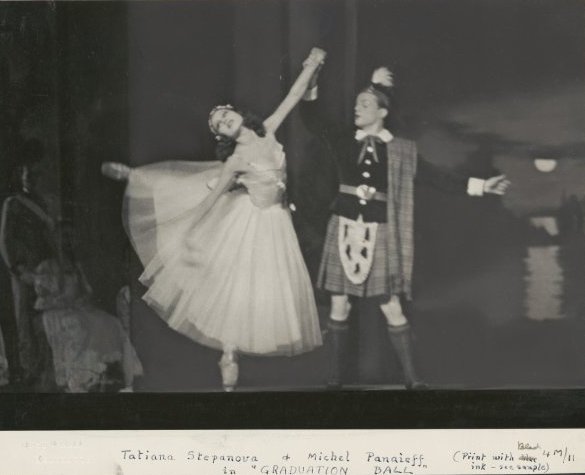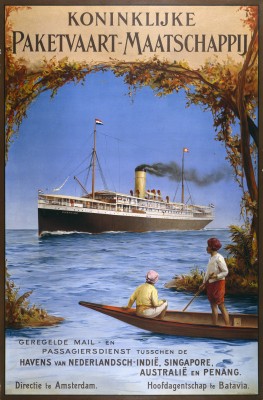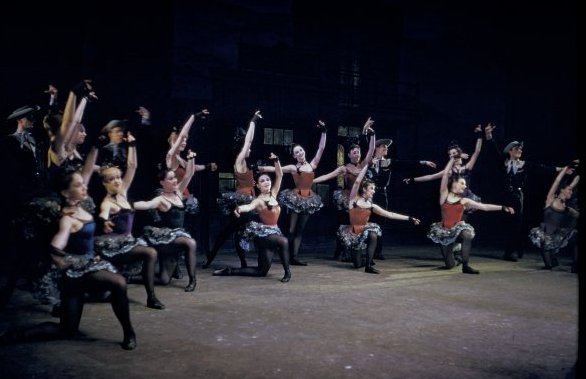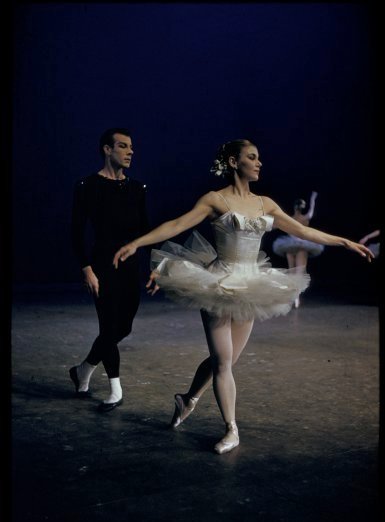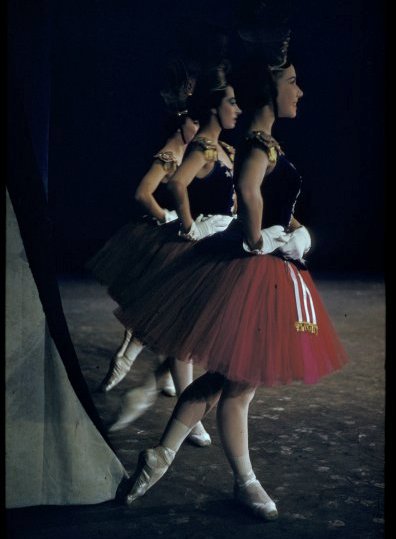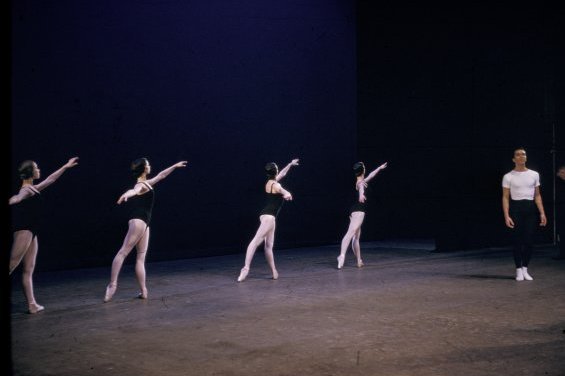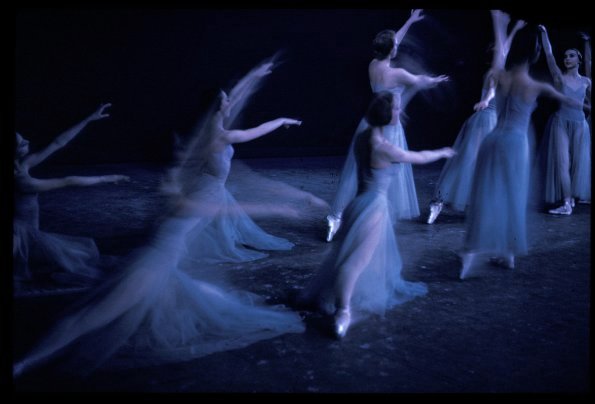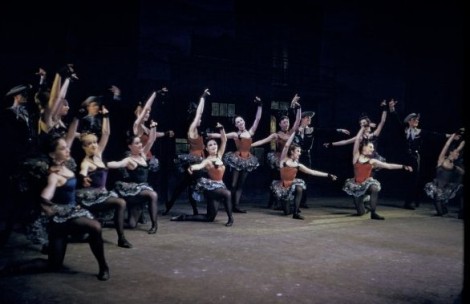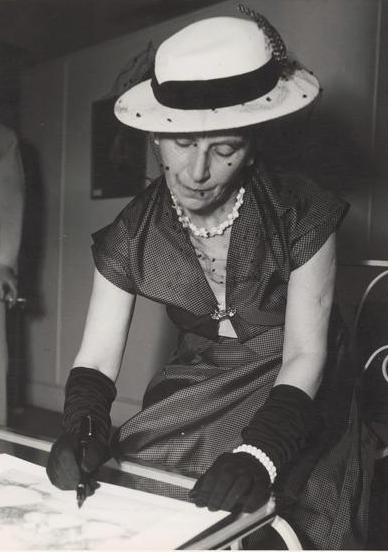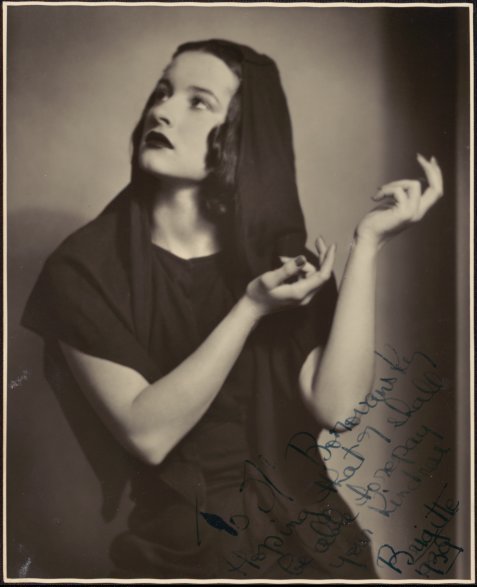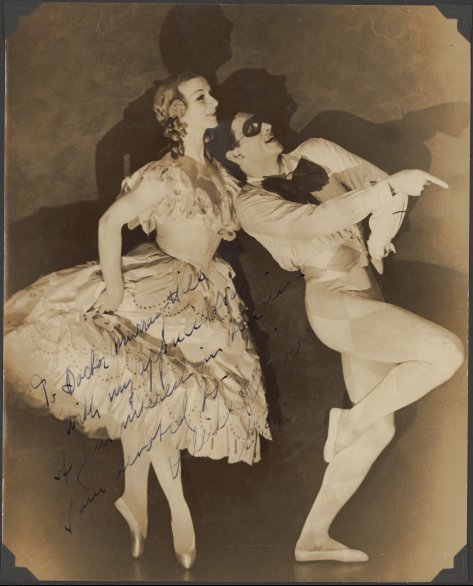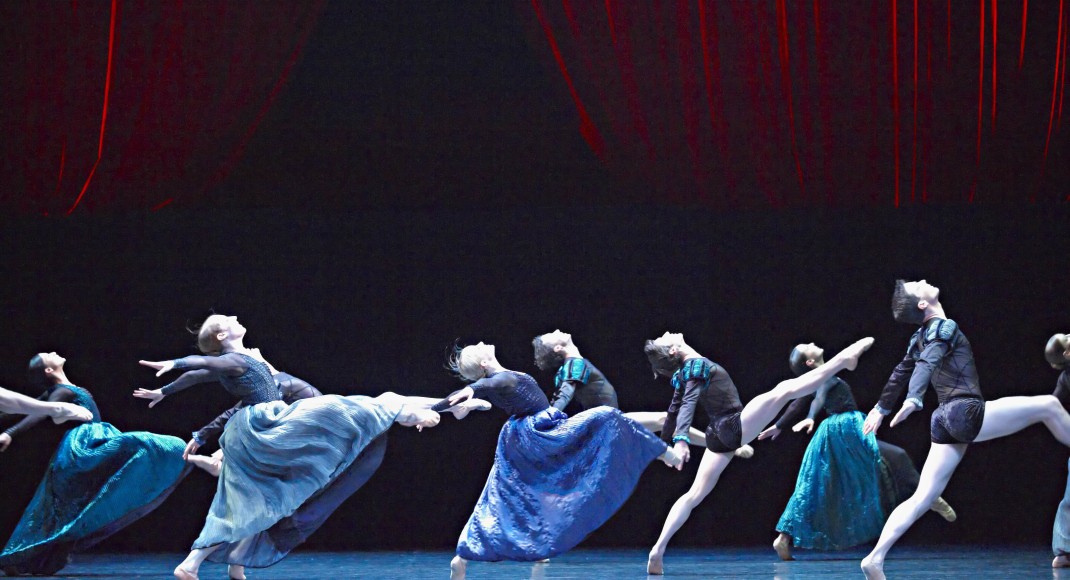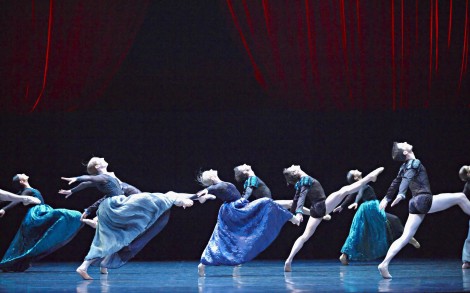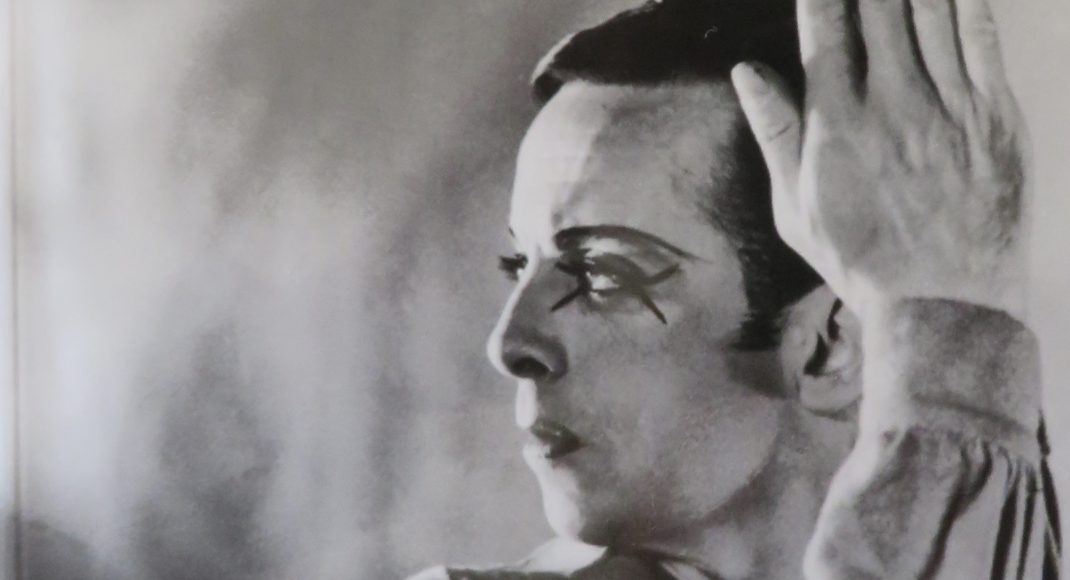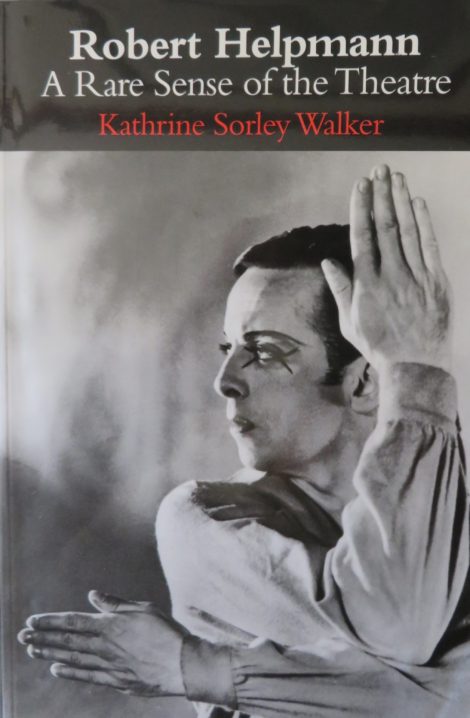19 February 2010, City Center, New York
Christopher Wheeldon’s comment was thought-provoking. In the film sequence that opened Kings of the Dance, Wheeldon remarked that the biggest challenge for choreographers working with the eight exceptional artists performing in this show was managing the different styles in which those dancers had been trained. Of the eight, Jose Manuel Carreño was trained in Cuba, Guilllaume Côté in Canada, David Hallberg and Desmond Richardson in the United States, Marcelo Gomes in South America, Joaquin de Luz in Spain, and Denis Matvienko and Nikolay Tsiskaridze in Russia. Wheeldon continued that it was a particular challenge when the dancers had to dance together in a single work, but noted that it had eventually worked well. In fact, it only worked sometimes.
The highlight of the show for me, as far as works involving more than one dancer were concerned, was Nacho Duato’s Remanso, which comprised Act III of the program. Remanso, a work made for three men in 1997, was performed by Hallberg, Côté, and Gomes on the evening I attended. Duato’s choreography is always distinctive and transcends particular methods of classical training. It allows an individual voice to emerge from the choreography rather than being pasted upon it or sublimated to it. Hallberg, Côté and Gomes responded brilliantly. They brought their undoubted talents to bear to present a thrilling performance that was both amusing and technically absorbing.
This kind of transcendence didn’t happen in Wheeldon’s own work, For 4, that followed the opening film. It was danced by Matvienko, Carreño, de Luz and Côté and, while each danced well, it was not the stylistically coherent piece that Wheeldon was obviously seeking. There were also eight distinct styles on show in the Finale when eight excellent dancers showed off their best tricks—a manège of turns or leaps or a series of grand pirouettes—although coherence was obviously not an aim here.
The middle act consisted of seven solos and one duet. They ranged from the quite cliched work by Igal Perry, Ave Maria, danced by Carreño, to the Mr Universe style of Dwight Roden’s Lament danced by Richardson.
Amongst these solos, however, was the sublimely beautiful short piece made by Frederick Ashton for Anthony Dowell in 1978—Dance of the Blessed Spirits. It began with the dancer, David Hallberg on this occasion, standing on the top of a small platform with a few steps leading down to the stage floor. Hallberg’s body was lit to resemble a piece of sculpture in a gallery and his pose initially clearly recalled Michelangelo’s David. As Hallberg descended the steps and began to dance rather than to pose, the lighting came up to reveal choreography that was simple and yet in no way simplistic. It was an understated display of what constitutes the classical body, how that body moves and how with subtle twists of the arms and turns of the head it can become an innovation. Hallberg danced with classical perfection.
In the end, in a show of this nature it is the choreography that counts. On this occasion it was Ashton and Duato who gave this show its flair.
Michelle Potter, 24 February 2010
